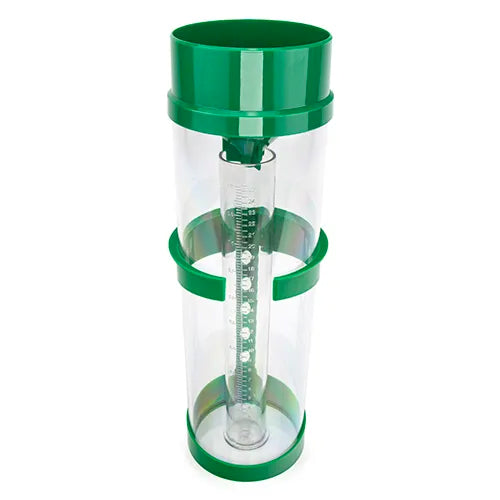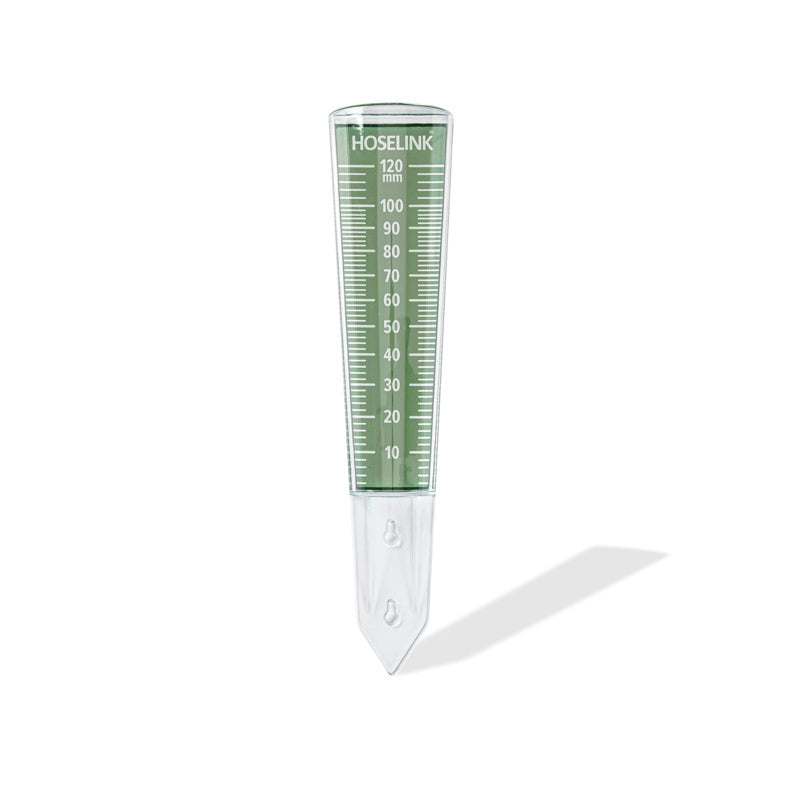Discovering the Advancement of Rainfall Determines: From Standard to Smart Instruments for Boosted Accuracy in Rain Dimension
The measurement of rainfall has been a basic facet of meteorology for centuries, forming our understanding of climate patterns and environment patterns - rain gauge. From the very early manual rainfall gauges to the a lot more recent introduction of clever tools, the evolution of rainfall measurement tools has actually been a journey noted by development and precision. By mapping the improvements in rainfall scale modern technology from typical designs to the cutting-edge smart tools of today, we can obtain beneficial understandings right into how these advancements have actually transformed the method we accumulate and analyze rainfall data
Early Guidebook Rainfall Assesses
Throughout classical times, fundamental vessels were used to gauge rains by hand, marking the very early origins of rainfall gauges. These very early rainfall gauges were easy containers positioned in open areas to collect rain. The collected water was after that by hand gauged using markings on the container to figure out the quantity of rains that had taken place within a details duration.
Although these hands-on rainfall assesses worked in giving a standard understanding of rainfall patterns, they were restricted in accuracy and precision. Aspects such as dissipation, spillage, and wind might influence the dimensions, causing possible inaccuracies in the taped data.

Regardless of their constraints, very early hands-on rainfall gauges played a crucial function in the advancement of more sophisticated rain dimension tools. The concept of collecting and measuring rains laid the structure for the creation of advanced rain evaluates that used scientific principles to offer more reputable and precise data. This advancement eventually brought about the development of contemporary rainfall assesses with the ability of capturing exact measurements in different environmental problems.
Advancement of Mechanical Rainfall Gauges
The progression from very early hands-on rainfall determines to advanced mechanical rain measurement devices marked a considerable jump in the evolution of rain gauge technology. Mechanical rain gauges, likewise called tipping bucket rainfall evaluates, run on a straightforward yet efficient concept. These tools include a funnel that collects rainwater and channels it right into a little seesaw-like device - rain gauge. As the rain fills one side of the device, it tips, creating the water to be emptied out, and simultaneously recording the quantity of rains. This design permits automated dimensions, making it much more exact and reliable contrasted to hands-on techniques.
Mechanical rainfall gauges are typically constructed from sturdy products like stainless-steel or plastic, guaranteeing durability and integrity even in harsh weather. With developments in modern technology, contemporary mechanical rainfall gauges can likewise be geared up with electronic sensors to transfer real-time information wirelessly to data collection systems. This mix of mechanical effectiveness and digital connection has made mechanical rainfall assesses a popular selection for meteorological terminals, research establishments, and agricultural applications where accurate rains dimensions are crucial for decision-making processes.
Introduction of Digital Rainfall Scales

Digital rainfall gauges offer considerable advantages over typical mechanical assesses, including higher accuracy, the capability to measure smaller increments of rainfall, and decreased maintenance needs. By leveraging electronic components like tipping containers or acoustic sensors, these tools can give detailed details on rains intensity, duration, and distribution patterns with improved integrity.
Furthermore, the combination of digital rain gauges into climate tracking networks enables the collection of big volumes of information for evaluation and projecting functions. This information can be made use of to improve anticipating designs, enhance early warning systems for severe weather condition events, and assistance climate research efforts. Generally, the intro of digital rain evaluates stands for a pivotal development in the area of meteorology, assisting in extra precise and comprehensive rainfall measurement capacities.
Shift to Wireless Rain Gauges
Progressing beyond standard approaches, meteorological instrumentation has gradually shifted in the direction of wireless rainfall gauges for improved information collection and transmission. helpful site These ingenious devices make use of cordless technology to send real-time rains data to central systems, offering meteorologists and researchers immediate accessibility to accurate and reputable info. The transition to cordless rainfall evaluates gets rid of the demand for hands-on information collection, reducing human mistake and improving performance in checking precipitation patterns.
Wireless rain evaluates are equipped with sensing units that can detect even the slightest amount of rainfall, providing accurate measurements for better evaluation and forecasting. The smooth assimilation of these assesses right into existing weather surveillance networks allows for comprehensive information collection across various geographical areas, allowing a much more thorough understanding of rains circulation and strength.
Additionally, the wireless capability of these rain evaluates enables remote monitoring in hard-to-reach or dangerous locations, expanding the scope of rainfall dimension in tough atmospheres. With their capacity to enhance data transmission and enhance precision, cordless rainfall evaluates represent a substantial innovation in atmospheric technology, boosting the precision and reliability of rainfall measurement for clinical research find this and operational forecasting.
The Period of Smart Rain Assesses
Emerging as an essential development in meteorological instrumentation, smart rain determines incorporate cutting-edge modern technology for improved information collection and evaluation. These innovative tools are outfitted with sensing units that can measure not just the amount of rains yet also added criteria such as intensity, period, and even go down size distribution. By leveraging wireless connectivity, clever rain determines can transfer real-time data to meteorological terminals, offering instant accessibility to exact rains dimensions.
Among the vital features of smart rainfall evaluates is their capability to autonomously change for environmental factors that may influence the accuracy of standard rainfall determines, such as wind interference or dissipation. This self-correction system makes certain that the data collected is extra trustworthy and consistent, causing enhanced projecting versions and better-informed decision-making in different sectors like agriculture, water source monitoring, and urban preparation. In addition, the integration of artificial knowledge and equipment learning formulas in smart rainfall assesses permits innovative information evaluation, pattern recognition, and projecting abilities, even more boosting their energy in contemporary meteorology.
Verdict

From the early manual rain assesses to the much more current introduction of smart tools, the evolution of rainfall dimension devices has actually been a journey noted by advancement and precision.The development from very early manual rain evaluates to more innovative mechanical rain dimension tools noted a considerable jump in the development of rainfall scale innovation. Mechanical rain evaluates, likewise recognized as tipping bucket rainfall determines, operate on a simple yet reliable concept.One of the key attributes of clever rain evaluates is their ability to autonomously readjust for ecological aspects that might affect the accuracy of standard rain evaluates, such as wind interference or dissipation.In conclusion, the advancement of rain evaluates has progressed from very early manual tools to mechanical and digital designs, inevitably leading to the advancement of wireless and clever rainfall evaluates.